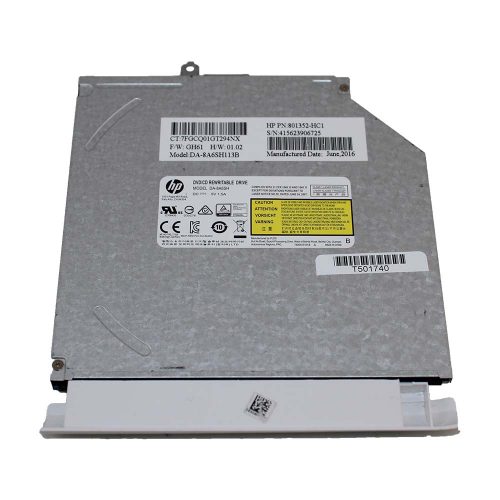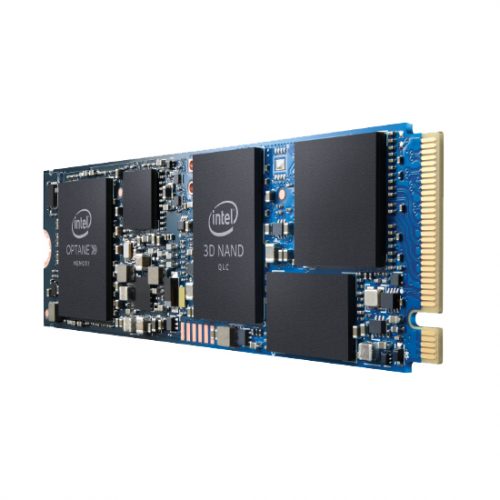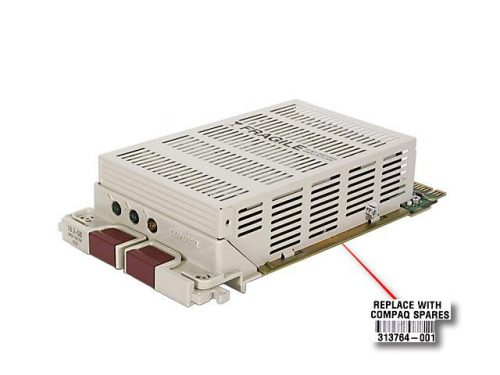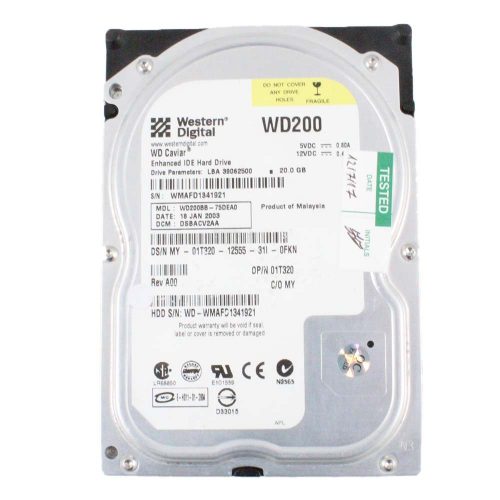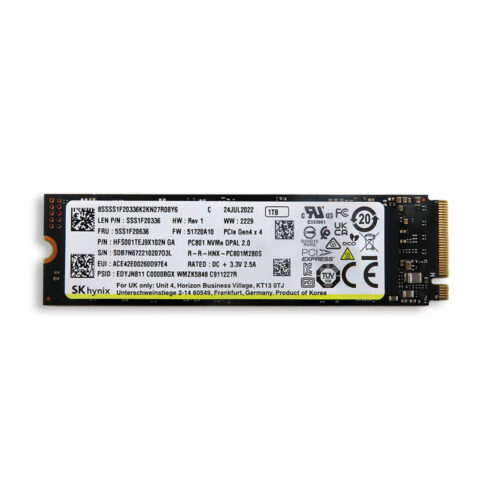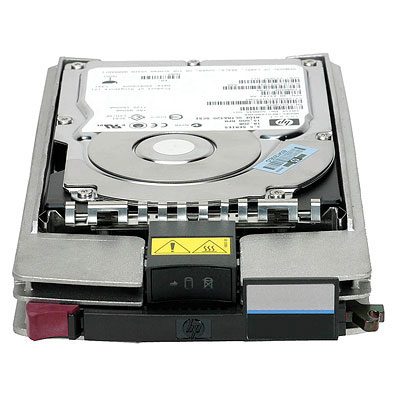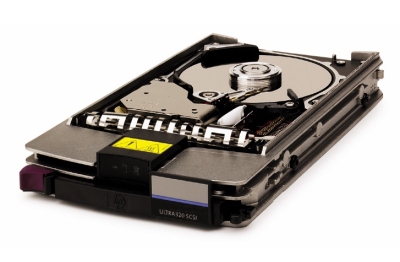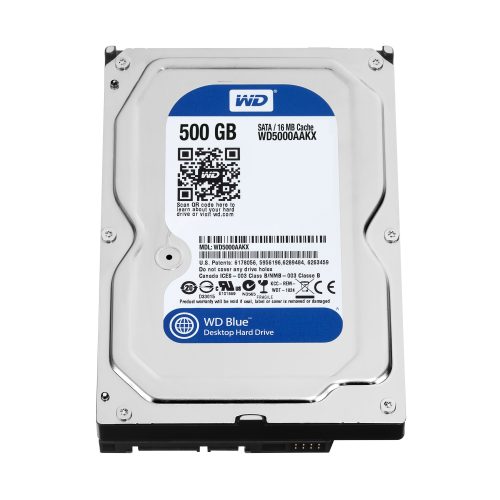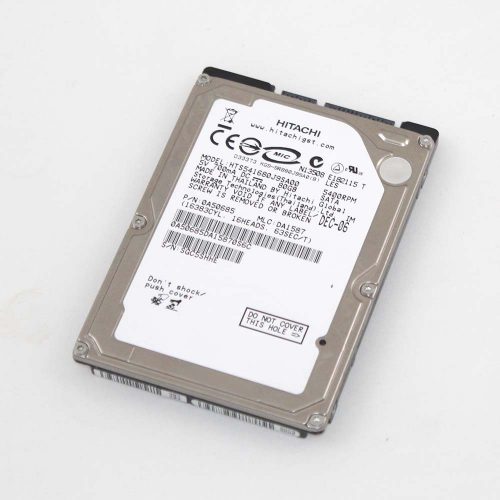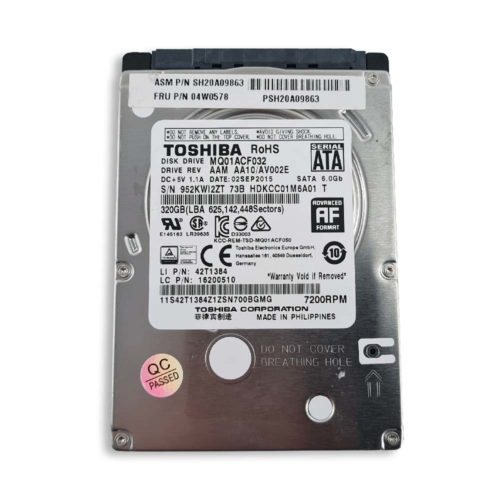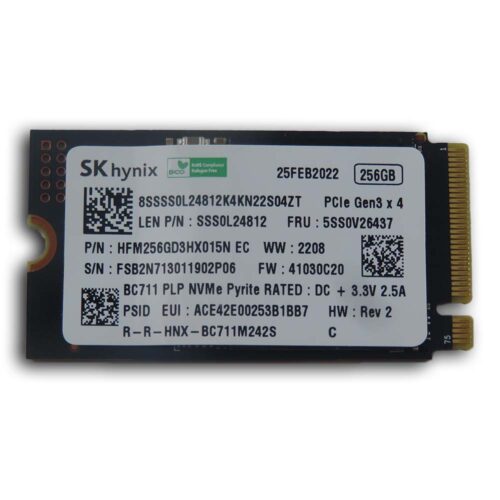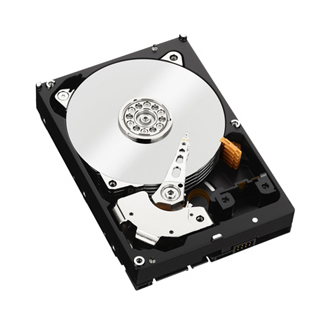New and Refurb Hard Disk Drives
Welcome to the drives section of our store where you will find our selection of hard drives, solid state drives and optical drives for sale. We have both new and refurbished hard drives for sale. Our selection of drives covers all major brands and manufacturers including Lenovo, HP, Seagate and Western Digital.
At Tekeurope we have over 15 years experience supplying new and refurb hard drives to a range of customers, from FTSE 250 companies to home users so if aren’t sure what you are looking for or can’t see it in store please feel free to contact us and let us help you to identify or source the drive you need.
Whilst we offer a number of brand new drives sometimes the most economical solution can be to find a refurb hard drive for sale. All the refurb hard drives and solid state drives in our inventory have been tested and wiped and ship with their own test report specific to that drive’s serial number so when you buy refurbished hard drives from us you can be assured of quality.
When selecting either new or refurb hard drives it is important to check what your machine supports in terms of drive size and interface. Generally laptops will take a 2.5” 7mm or 9mm SATA drive and newer models may also support m2 NVME drives as well. Generally desktops take a 3.5” drive but can use a 2.5” drive with the help of a caddie.
Frequently Asked Questions:
What kind of drives do you offer?
We offer a range of drives, both new and refurbished, including:
Hard drives and solid state drives- Magnetic and flash storage for laptops, desktop PCs and servers.
Optical drives- Internal and external CD and DVD drives for laptops, desktops and servers.
Tape Drives- Magnetic tape drives for storing and backing up large amounts of information. Both internal and external models are available.
What is the difference between a hard drive (HDD) and a solid state drive (SSD)?
A traditional hard drive uses magnetic storage, data is stored on platters. A hard drive uses mechanical moving parts to access data. A solid state drive has no moving parts and instead uses flash memory.
Solid state drives offer quicker performance than a hard drive but are generally more expensive.
What are Solid State Hybrid Drives? (SSHD)
SSHDs aim to combine elements of solid state drives with traditional hard drives at a lower cost than for a regular SSD. They contain hard drive platters for storage like in a traditional HDD but combine this with some flash memory.
The data stored in the flash memory is determined by firmware in the drive. It attempts to place frequently accessed data here for quicker access, giving a performance boost relative to traditional HDDs.
Whilst still in use SSHDs were more common when SSDs were more expensive. As SSD prices have come down they have become a more viable option and the use of hybrid drives has decreased.
What are the advantages of upgrading to a solid state drive?
A solid state drive can offer significant improvements in terms of faster data access. As well as allowing files to be transferred quicker this can also result in quicker boot speeds and load times whilst using applications. This can be particularly noticeable on performance intensive tasks such as image or video editing and gaming.
Should I choose a solid state drive or a hard drive?
Mechanical hard drives will be typically be cheaper for an equivalent amount of storage space but a solid state drive particularly an m2 one will offer quicker access to data.
When checking drives for sale you should consider your budget and what they will be used for. If you if you need long term storage of a large amount of data that you will not require quick access to then a mechanical hard drive will be a better option. If you require fast access to data a solid state will be a better choice, this is particularly noticeable when doing tasks such as gaming where load times can be significantly reduced.
Can I use both hard drives and solid state drives in my machine?
Yes, often a system will support both. For example you may have a laptop with both SATA and NVMe connectors. The NVMe solid state drive can be used for the operating system resulting in quicker boot times, whilst the SATA hard drive can operate as a secondary drive with a large capacity for storing files and media.
What is the difference between an NVMe and SATA SSD?
NVMe and SATA are 2 different interfaces used by solid state drives to connect to the machine. Older SSDs will tend to be SATA, which offers a maximum of 6 Gigabits per second (6Gb/s) transfer speed. NVMe is a newer interface capable of much quicker speeds, with drives utilising PCIe Gen4 capable of speeds of several megabytes a second.
SATA drives often come in the 2.5” form factor, much like traditional laptop hard drives making them a good choice if you are looking to upgrade an older machine.
You can however sometimes find SATA drives in the M2 form factor. Whilst this can be useful if there is no room for a 2.5” SATA drive they offer no real performance advantage over other SATA SSDs. NVMe drives utilise multiple form factors but are most commonly M2.
What is the difference between TLC, MLC and SLC SSDs
SLC (Single-Level Cell) stores only a single bit of data per cell. Whilst this is the most expensive way to store data per capacity of the drive it also provides the highest level of reliability.
MLC (Multi-Level Cell) stores 2 bit of data per cell. This offers higher storage density than SLC technology but at the cost of cost of some reliability and lifespan
Finally TLC (Triple-Level Cell) stores 3 bits of data per cell. The cheapest of the 3 options at the possible expense of a reduced lifespan.
Do you sell hard drives for laptops?
Yes, we sell both new and refurbished laptop hard drives. HDDs for laptops are normally either 2.5” 7mm or 9mm (consult your machine’s documentation if you are not sure) or NVMe so it is worth checking those sub categories in our stores
Are your refurb hard drives tested?
All of the refurb hard drives for sale on our site have been tested and wiped prior to being stocked and ship with a test report specific to the drive’s individual serial number.
What different interfaces do hard drives use?
When browsing hard drives for sale it is important to match up the connector type and interface to ensure the replacement drive is compatible.
SATA (Serial ATA)- A widely used standard found in both desktop and laptop PCs. There are multiple revisions of the standard, with SATA-1,2 and 3 hard drives available with supported transfer speeds of 1.5Gb/s, 3Gb/s and 6Gb/s respectively. SATA drives usually connect using 2 cables with flat black connectors, one for data transfer and one for power.
SAS (Serial Attached SCSI)- Used in enterprise environments where high performance, data transfer speeds and reliability are essential, SAS HDDs have largely replaced traditional SCSI drives.
SCSI (Small Computer System Interface)- A now largely deprecated standard, used to connect hard drives as well as a range of peripheral devices including printers and scanners. SCSI drives can still occasionally be found on older servers but are not common in home systems.
IDE (Integrated Drive Electronics) – A legacy connector standard largely replaced by SATA. It normally utilises a 40 pin data cable and separate power cable. You may find these HDDs on very old desktop and laptop PCs.
eSATA – An external SATA interface used for connecting drives.
USB – External HDDs are often connected via standard USB ports with newer USB standards offering higher data transfer rates.
What does RPM refer to with regards to hard drives?
RPMs or rotations per minute refer to how quickly the platters in a hard drive spin. The quicker the platters spin, the quicker the data on the drive can be both read and written. The downside of a higher RPM drive is it can potentially generate more heat and use more power.
Most drives used in standard desktops and laptops are normally 5400 or 7200RPM. Enterprise drives can often offer 10,000 or 15,000RPM speeds.
How can I find the correct replacement drive for my system?
If you are looking to make a like for like swap, the easiest way is to check the part number on the drive (please refer to our guide on identifying part numbers for more information). This will allow you an exact replacement drive to be found.
If you do not have physical access to the drive then the next thing to check is the machine’s documentation. This can take the form of manuals both paper or electronic or information on the manufacturer’s website. This should provide information on replacement parts including drives. If not it is worth contacting the manufacturer directly.
Finally you can find a suitable replacement drive or update by checking the spec on existing drive and any potential new ones. In the case of hard drives and solid state drives you will need to first check the form factor and interface- will the drive physically fit and do you have the correct connectors on the system board. It is worth double checking your system board or laptop’s documentation to make sure any interface or technology standards used by the drive are supported.
When choosing the capacity of a new drive consider what the machine will be used for and how much storage you will need weighed against the cost of the drive.
If you are installing a high performance drive such as one for gaming also be aware of any cooling requirements it may have.
What are the signs a hard drive is failing?
An HDD in a desktop or an HDD for a laptop can offer multiple different signs that it is failing. These include-
HDD making noises or overheating – If your hard drive is making clicking or grinding noises this a clear sign of mechanical problems with the drive. Similarly overheating can be a sign but its important to check airflow, fans etc within the machine to make sure internal high temperatures are not heating the drive.
SMART errors – Most modern drives come with self analysis technology that can report to monitoring tools when there is a problem with the drive.
Machine no longer recognising drive- This can either be at boot or when using the machine if it is a secondary drive. This could also be caused by a loose connector cable so this is worth double checking.
Corrupt files- If you are unable to open files due to errors and corruption or they are missing entirely this could be due to a failure with the drive.
Slow file access or boot time – If you see a drop in the time it is taking to access files or applications, or potentially even boot the machine, this can be a sign of drive failure.
What are bad sectors?
Bad sectors are areas of a hard drive that are no longer usable (readable or writable). There are 2 different types-
Physical bad sectors – Sectors on hard drives that are physically damaged. For example the hard drive head may have touched the platter or it has suffered some other sort of defects. These can be caused by dropping a hard drive or it suffering some sort of impact damage, or could simply be a manufacturing defect. Unfortunately, these sectors are not repairable. When purchasing a refurbished hard drive it is important to make sure it does not contain too many of these.
Logical bad sectors – Logical bad sectors are normally caused by software faults. They can contain bad data and are flagged by the operating system as unusable. However unlike physical bad sectors they can be repaired by zeroing out the drive or using tools like CHKDSK.

